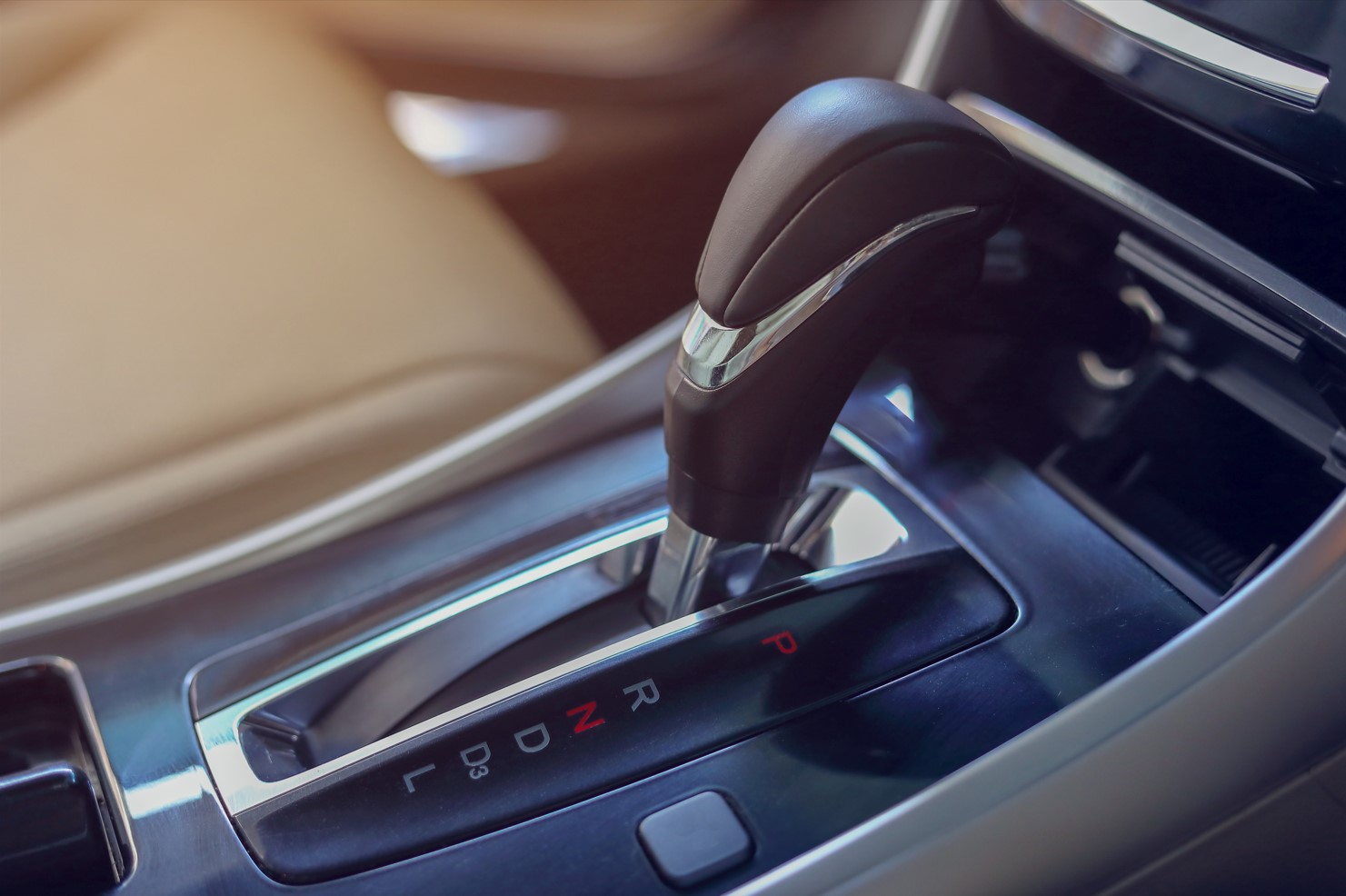- Drive a New Honda for Just $9 a Day.
- View May Specials

While modern car transmissions are very sophisticated and durable, they’re also more complex and therefore harder to repair. Because of this, it’s never been more important for drivers to catch signs of transmission trouble early on and nip problems in the bud before they develop into more serious faults. Here are six warning signs that you probably need to visit your nearest Honda dealer right away for transmission repair.
1. Smell of Burning Transmission Fluid
Low and aging transmission fluid is a common source of transmission trouble. The fluid serves many purposes, lubricating hundreds of moving parts while also cleaning out the gears, helping to control the temperature, and maintaining hydraulic pressure.
If transmission fluid is allowed to become too old, it can thicken and even start to burn in the heat of the gearbox. When this happens, you might be able to smell the fluid burning in the cabin above.
Change Transmission Fluid Often at Your Honda Dealer
Transmission fluid should be flushed and replaced every 50,000 to 100,000 miles in a Honda. Harsher driving conditions such as heavy traffic, dusty roads, and excessively hot or cold climates necessitate more frequent fluid changes. You can check your owner’s manual and ask someone at your local dealership for the best flushing interval for your model.
2. Leaking Transmission Fluid
It’s possible for various parts of a transmission to spring a fluid leak, such as the pan gasket, cooling lines, or driveshaft seal. If you ever notice a dark red fluid pooling under your car, have a technician find and fix the leak before the gearbox starts to break down from a lack of lubrication.
3. Sounds of Grinding Gears
When anything goes awry inside a gearbox, you’re likely to hear awkward grinding sounds when you attempt to shift gears. A healthy transmission should be silent, so it’s best not to ignore any grinding sounds.
4. Delayed or Sticking Gears
When gears round out or other essential parts of a transmission malfunction, your shifts might start to have a slight delay. If the underlying problem worsens, the gears might even stick and refuse to shift at all.
5. High RPMs While Shifting
When a car struggles to shift a malfunctioning gear set, the engine might rev as it tries ineffectively to send power through to the wheels. Any sudden high RPMs while shifting gears are a sure sign of trouble.
6. Gears Changing on Their Own
One of the more dangerous consequences of a failing transmission is when gears start slipping all on their own. You might find your car suddenly slipping into neutral while out on the highway. Needless to say, you should never drive far with slipping gears.
If your Honda is showing any of the signs mentioned above, visit Carlock Honda today to have your transmission examined and repaired promptly. We’re a local family-owned dealership offering a state-of-the-art servicing facility and friendly, professional customer service.



